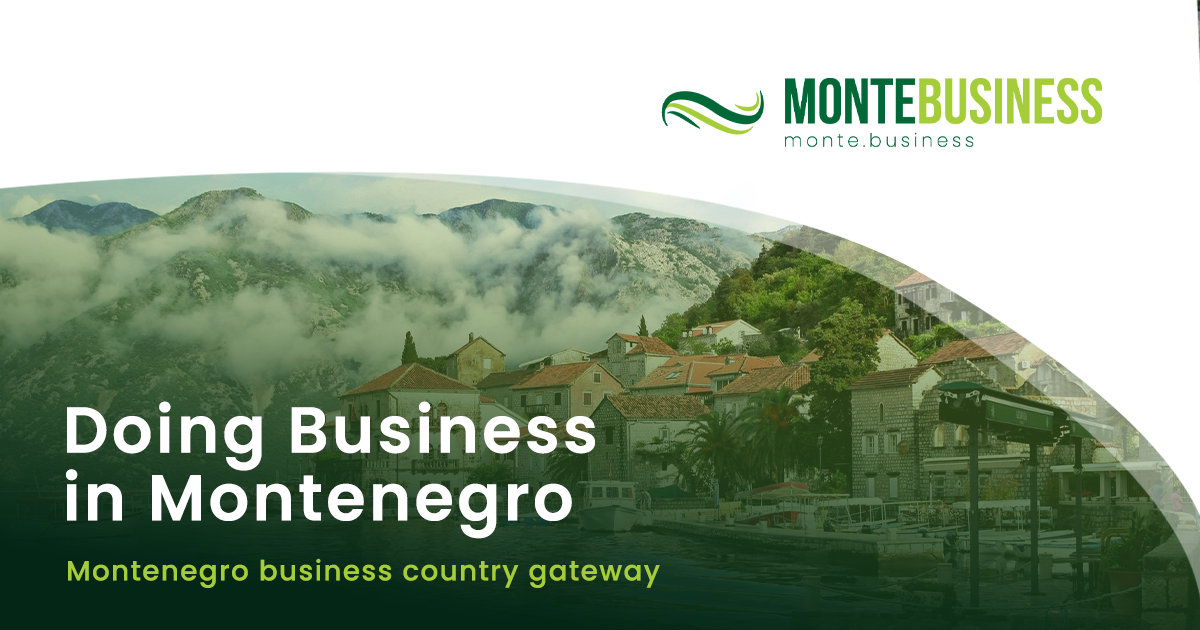Montenegro’s state-owned company Skijališta Crne Gore is expected to finish 2025 with a loss of around 900,000 EUR without government support. The company has requested 1.8 million EUR from the government to fund project documentation, build an artificial snowmaking system, and invest in multi-purpose sports infrastructure to achieve a profitable year.
Currently managing ski centers including Kolašin 1600, Cmiljača, Žarski, Jelovica, Torine, and Komovi, the company struggles with insufficient revenue, lack of snowmaking facilities, and high maintenance costs. Skijališta Crne Gore notes that similar ski resorts in the EU receive tens of millions of euros in state aid annually.
The planned government aid would help cover costs for designing and constructing an artificial lake and snowmaking system on two slopes, as well as investment in recreational infrastructure. Without this support, the company cannot operate sustainably.
Financial projections for 2025 include total revenues of about 3.1 million EUR, with 60% expected from the government subsidy, and expenses around 2.2 million EUR. Ski pass sales and hospitality services are projected to generate the remaining income.
Past winters with little snow have severely impacted revenues, with delayed wage payments and infrastructure damage, such as the compromised support pillar of the K7 cable car, further exacerbating problems.
New projects are underway, including the construction of a garage for Kolašin ski centers, ski lifts, and additional ski slopes at Žarski, Cmiljača, and Hajla/Štedim ski resorts, with investments totaling tens of millions of euros.
However, ongoing challenges include lack of snowmaking systems, incomplete infrastructure, and unclear management for some new ski centers.
Skijališta Crne Gore has not received consistent state aid since 2021, despite previous approvals from the Competition Protection Agency.
Climate change poses a long-term threat to winter tourism in Montenegro, with national strategy projections predicting a 25% reduction in snowfall by 2030 and up to 50% thereafter. Despite this, the government has continued developing ski resorts below 1,800 meters elevation, contrary to strategic recommendations to shift ski areas higher and invest in artificial snow systems to adapt to climate change.








